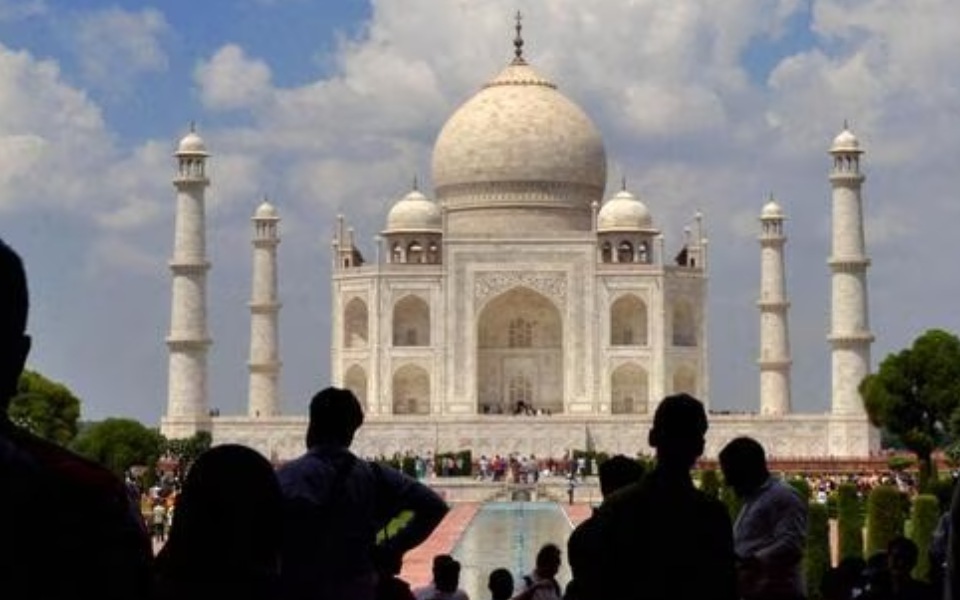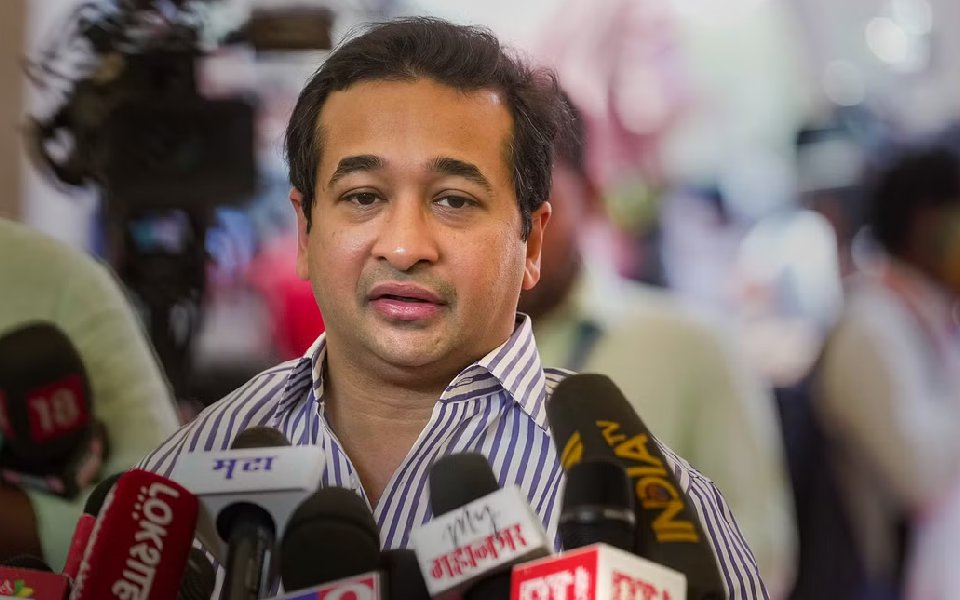Bhopal (PTI): A ban on liquor in 19 religious cities and areas under select gram panchayats in Madhya Pradesh, including Ujjain, Omkareshwar, Maheshwar and Maihar, came into effect on Tuesday. Chief Minister Mohan Yadav described it as a "historic step towards de-addiction".
The CM had announced the liquor ban decision and it was approved by the cabinet on January 24 at its meeting held in Maheshwar town, a place closely associated with legendary medieval-era queen Lokmata Ahilyabai Holkar.
According to the decision, all liquor shops and bars will be closed down in the entire urban limits of Ujjain, Omkareshwar, Maheshwar, Mandleshwar, Orchha, Maihar, Chitrakoot, Datia, Panna, Mandla, Multai, Mandsaur and Amarkantak and in the gram panchayat limits of Salkanpur, Kundalpur, Bandakpur, Barmankalan, Barmankhurd and Linga, an official said.
The BJP government has declared these 19 urban and rural areas as "completely sacred", and imposed a total ban on liquor under their jurisdiction.
Yadav in a statement said the government has taken a "historic step towards de-addiction" and cited "public faith and religious reverence" associated with these cities and rural areas as reasons for the move.
The religious places where the liquor ban takes effect from Tuesday are spread across one municipal corporation, half-a-dozen municipal councils and an equal number of village panchayats.
Among these, Ujjain houses the famous Mahakal Temple dedicated to Lord Shiva, while Amarkantak is the origin of the Narmada river, which is considered the lifeline of the state.
Let the Truth be known. If you read VB and like VB, please be a VB Supporter and Help us deliver the Truth to one and all.
New Delhi, Apr 3 (PTI): The iconic Taj Mahal in Agra earned the "highest income" through the sale of tickets among the ASI-protected monuments from FY19-20 to FY23-24, according to data shared by the government.
Union Culture Minister Gajendra Singh Shekhawat shared the data in a written response to a query in Rajya Sabha.
He was asked the amount that the Archaeological Survey of India (ASI) has received from selling entry tickets to various monuments in the last five years, year-wise and monument-wise; and the monuments that have received the highest income through selling entry tickets in the last five years.
In his response, the minister shared the data in a tabular form for cycles of financial years ranging from FY19-20 to FY23-24.
According to the data, Taj Mahal earned the top slot for all five years.
The Mughal-era architectural wonder was commissioned by Emperor Shah Jehan in the 17th century and it is considered one of the most beautiful buildings in the world.
In FY19-20, the Agra Fort in Agra and Qutub Minar in Delhi were in the second and third positions.
In FY20-21, the Group of Monuments Mamallapuram in Tamil Nadu and Sun Temple, Konark were in the second and third positions. In FY23-24, Qutub Minar and Red Fort of Delhi were in the second and third positions.





